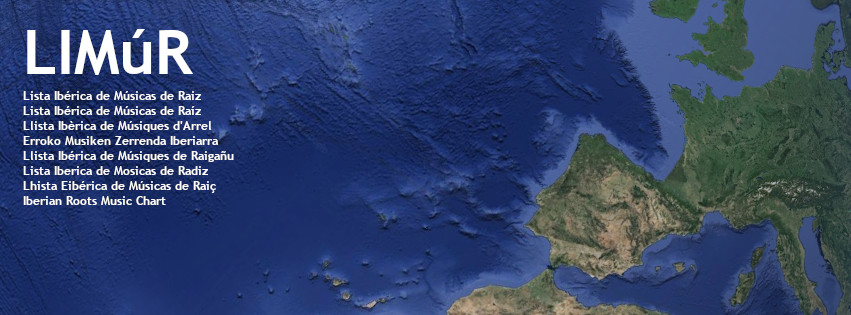No, LIMúR is not the new revelation of Icelandic pop or a cute little arboreal animal from Madagascar: it’s the Iberian Roots Music Chart.
LIMúR aims to celebrate, recognize, promote and disseminate the highest quality Iberian roots music productions.
We understand Iberian roots music as any musical expression with roots in Iberian cultures made anywhere on the planet, as well as any musical expression with roots anywhere on the planet made by Iberian artists and/or in Iberian lands, Iberian being understood as referring to any territory under Spanish, Portuguese, Andorran or Gibraltarian administration, including those located outside the Iberian Peninsula.
LIMúR brings together a team of specialists in roots music in its different aspects: traditional, folk, the so-called world or global music, or styles such as flamenco, fado or any other, with an open spirit to evaluate any record production according to its artistic quality, beyond its musical style.
LIMúR produces every year four quarterly charts and an annual one with the recent albums of the above mentioned characteristics best valued by the panelists, in a unique category that will gather any record production, regardless of its format or the way of edition or distribution.
LIMúR was conceived and is managed by Juan Antonio Vázquez (Mundofonías, Mil mundos, Transglobal World Music Chart…). For any additional information, interviews with the administrator, etc., please do not hesitate to contact.
How does it work?
The panellists’ voting is based on a closed list that includes the records submitted to LIMúR through the web form or authorised to be shared with LIMúR panelists. All records considered to be of Iberian root music that the administrator has become aware of will also be taken into account. For this purpose, both panelists and any person can notify the release of a record of these characteristics, which will be immediately considered.
For the quarterly chart, records published in the last two quarters, plus those from the immediately preceding quarter that have not been proposed in previous votes, are eligible.
For the annual list, records published throughout the entire year, plus those from the last quarter of the previous year that were not considered in the previous year’s vote, will be taken into account.

